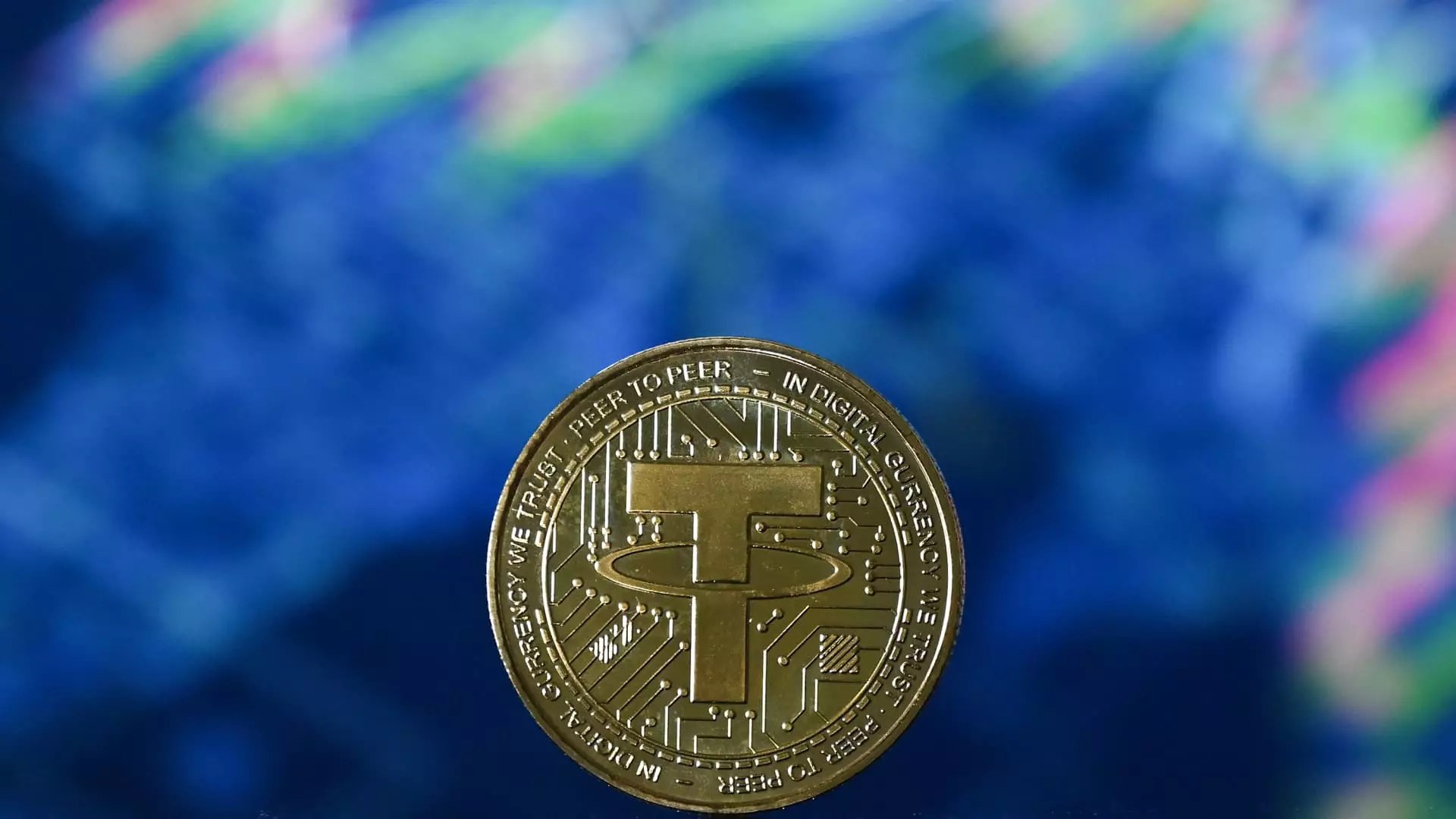The Securities and Exchange Commission (SEC) recently made waves in the financial community by clarifying its stance on stablecoins, specifically noting that certain types will not be classified as securities. This is a notable shift in regulatory oversight and highlights a growing recognition of the evolving nature of payment technologies. According to the SEC’s Division of Corporate Finance, these “covered stablecoins” maintain a consistent one-to-one value against the United States Dollar (USD) and are backed by low-risk, readily liquid assets. This definition is crucial as it seeks to delineate a clear boundary between cryptocurrencies and traditional securities, reflecting an understanding that not all digital assets inherently pose the same risks as stock or bond offerings.
The implications of this clarification cannot be understated. It paves the way for innovation within the stablecoin sector—an area that has seen notable growth. The SEC’s assertion that covered stablecoins do not involve “the offer and sale of securities” is a breath of fresh air for blockchain enthusiasts and financial innovators alike, hinting at a possible future where stablecoins play a more integrated role in everyday transactions and business operations.
The Duel of Legislation: Stability vs. Yield
While the SEC’s definition brings some clarity, an intriguing tension remains in the form of pending legislation. The financial landscape is at a crossroads with two competing bills aimed at regulating stablecoins, each representing distinct ideologies about what the future of this technology should look like. On one side, the Stablecoin Transparency and Accountability for a Better Ledger Economy Act (STABLE) focuses primarily on ensuring consumer protection and market accountability. On the other side, the Guiding and Establishing National Innovation for U.S. Stablecoins Act (GENIUS) emphasizes fostering innovation and paving the way for new financial products, including interest-bearing stablecoins.
This legislative battle isn’t just political theater; it represents the clashing philosophies on how the United States should approach digital currencies. While some lawmakers are advocating for a rigid framework emphasizing consumer protection, others are pushing for a more lenient regulatory environment that could allow for the emergence of yield-bearing stablecoins. The SEC’s ruling appears to lean towards a conservative interpretation of risk, which may hinder financial institutions’ ability to offer interest on these stablecoins due to potential regulatory complications.
The Market’s Robust Evolution
Despite the hurdles, the stablecoin market is demonstrating robust growth, showcasing a 57% increase over the past year. Dominated by major players such as Tether and USD Coin, these digital assets are rapidly becoming essential tools for trading and decentralized finance (DeFi). The reliability and activity surrounding these stablecoins illustrate a burgeoning confidence among both retail investors and institutional players, evidenced by their increased use for payments and trading collateral.
Moreover, as new issuers like Circle—the company behind USDC—file for initial public offerings, there’s a palpable sense of momentum that cannot be ignored. The financial architecture is in flux, and it’s becoming increasingly clear that stablecoins are poised to become the “next killer app” of the crypto world. This emerging reality is not just a technological advancement; it also represents a shift in consumer behavior, where the demand for seamless, secure transaction methods is incessantly on the rise.
The Conversation on Consumer Interest
Still, the SEC’s delineation regarding interest payments on these stablecoins raises vital questions about consumer empowerment versus regulatory oversight. Coinbase CEO Brian Armstrong highlights this tension, expressing concern over a framework that denies consumers the opportunity to earn interest on their digital assets. His calls for legislative changes reflect a broader sentiment among stakeholders who feel that limiting these potential earnings contradicts the very principles of innovation and market freedom that drive the crypto revolution.
It’s ironic and disheartening to think that as we venture deeper into this digital era, consumer interests might fair worse under regulatory pressures that are ostensibly meant to protect them. The decision-making process surrounding stablecoins should involve dialogues with industry leaders and consumers rather than rigidly predefined regulations that could stifle innovation.
With these developments, the SEC’s clarifications and legislative efforts will be critical to watch as they shape not just the future of stablecoins but the broader landscape of digital finance. This era could usher in unprecedented levels of convenience and accessibility while simultaneously testing the limits of regulatory frameworks in a rapidly evolving technological environment.


Leave a Reply